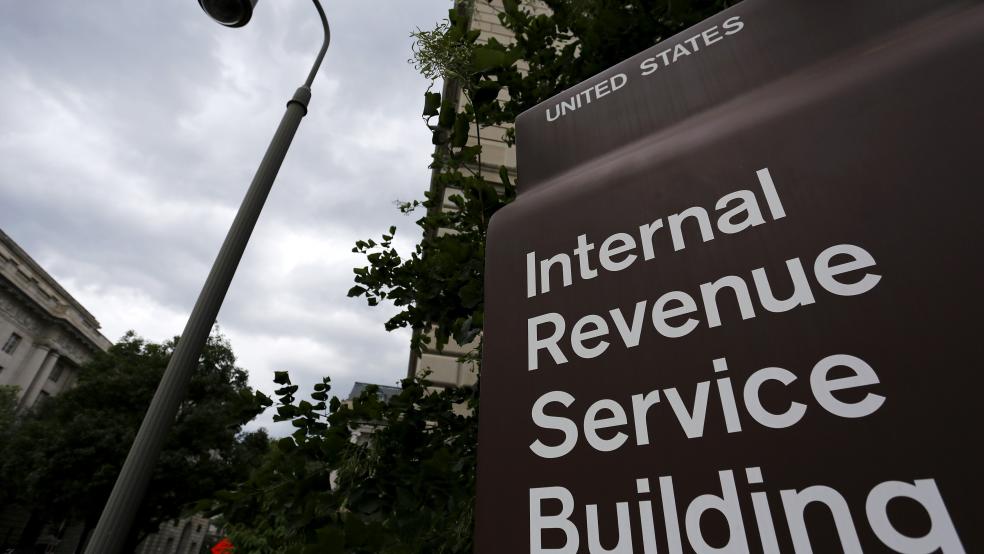A new report from National Taxpayer Advocate Nina E. Olson says that the 35-day government shutdown just before the start of the tax season produced “real harm” for taxpayers as the IRS struggled to respond to inquiries and requests for assistance.
“The five weeks could not have come at a worse time for the IRS — facing its first filing season implementing a massive new tax law, with a completely restructured tax form,” Olson wrote.
More broadly, Olson said the IRS continues to struggle with antiquated technology and reduced headcount, which require significant increases in funding to address.
Here are some highlights from the internal watchdog’s annual report, released Tuesday:
* A huge backlog of work when the shutdown ended: “On January 24, 2019, the IRS had over 5 million pieces of mail that had not been batched for processing; it had 80,000 responses to FY 2018 Earned Income Tax Credit audits that had not been addressed; it had 87,000 amended returns waiting to be processed.”
* The IRS was overwhelmed even before the shutdown: “On December 21, 2018, the day before the shutdown, the IRS was already struggling with its inventory of work. During 2018, the IRS shuffled resources around to meet the challenge of implementing the new tax law while wrestling with record inventory levels of unresolved cases in its fraud detection programs.”
* The IRS saw a “shocking” reduction in the level of phone service: “Immediately before the shutdown, the IRS’s main phone line was significantly improved over the same period the year before (75.4 percent LOS [level of service] for FY 2019 compared to 56.8 percent LOS in FY 2018). But the difference between FY 2018 and FY 2019 for levels of service and wait times for all phone lines at the end of the shutdown and the first week all employees returned is … shocking. For example, the LOS for both the Accounts Management and ACS phone lines experienced at least a 56 percent decrease in FY 2019 from FY 2018 levels.”
* The new 1040 is awfully complicated for a postcard: “[T]he IRS was directed to replace all the existing Individual Income Tax Return forms—the 1040, 1040A, and 1040EZ—with a single new Form 1040. This new form was reduced to the size of a postcard, two half pages in length, on which it is estimated approximately 47 million taxpayers (32 percent) could meet their filing requirements. By reducing the 1040 to a postcard size, however, this redesign necessitated the creation of an additional six schedules, some containing only three lines of information. Thus, for approximately 70 percent of taxpayers—nearly 102 million—the six new schedules increase the number of already existing schedules, such as A, B, C, D, or E, that taxpayers must complete. While many taxpayers will use software to complete the return, the new schedules will force some taxpayers to cross-reference and transfer data such as credits, deductions, and income, increasing the potential for errors to occur since the tax information is dispersed over many pages and needs to be tracked down and reported on different schedules and forms.”
* IRS technology is severely out of date: “The IRS desperately needs to replace its antiquated technology systems. Indeed, this is the agency’s #1 need. Last year, the IRS experienced a systems crash on the final day of the tax-filing season, forcing the IRS to extend the filing season by a day. The crash prompted talk of the risk of a catastrophic systems collapse, and that risk does, indeed, exist.”
* The agency needs billions more in funding: “[G]iven the additional revenue and improved taxpayer service state-of-the-art technology is likely to bring in, I believe spending for new systems going forward should be measured in billions—not millions. In this report, our #1 legislative recommendation is that Congress provide the IRS with additional dedicated, multi-year funding to replace its core IT system … so it can deliver the service and compliance activities that are expected of a 21st century tax administration.”




